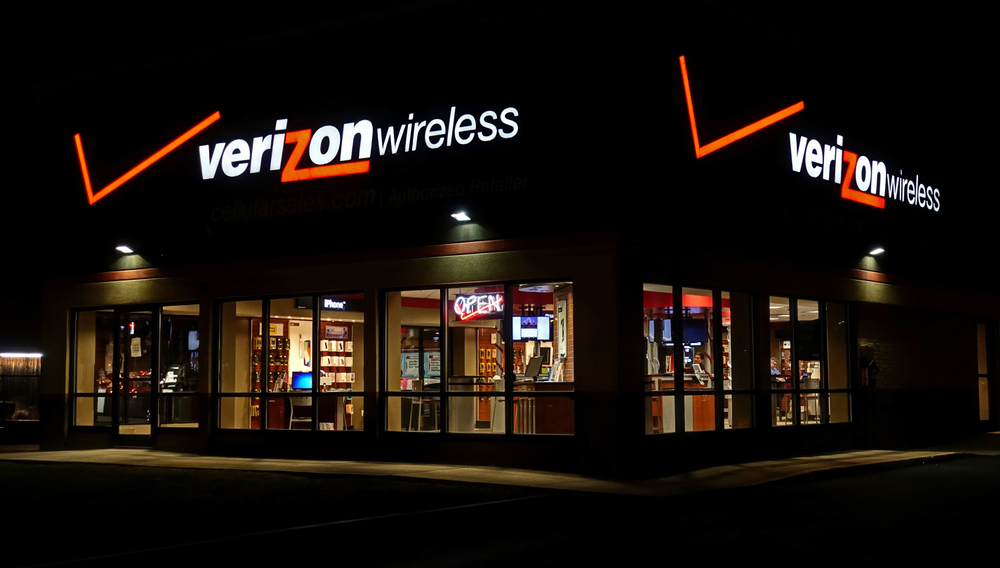Wireless networks love to talk about their coverage, as we’ve mentioned countless times before. Normally, measuring coverage is only good for establishing bragging rights over the other networks, but occasionally, accurate coverage maps can matter a whole lot more.
As Ars Technica spotted, the Rural Wireless Association (RWA) filed a complaint with the Federal Communications Commission (FCC) earlier this week, saying that Verizon has been filing misleading coverage maps claiming that its 4G coverage is much more comprehensive than it really is.
Why does the RWA care if Verizon is making up maps of its own coverage? Well, because those maps are used in part by the FCC to determine how it spends billions of dollars to subsidize 4G LTE coverage for rural areas. The Mobility Fund Phase II will disburse $4.5 billion to provide better mobile broadband in rural areas; determining which areas are eligible for subsidies is done using maps of coverage that wireless companies submit.
Unfortunately, under the framework the FCC set out, the FCC itself doesn’t do anything to vet the maps; instead, other providers or associations have to challenge the coverage maps that providers submit:
Under the challenge process framework established by the Commission in the MF-II Challenge Process Order, mobile providers were required to submit current, standardized coverage data on qualified 4G LTE service. These data will be used, in conjunction with subsidy data from the Universal Service Administrative Company (USAC), to establish the map of areas presumptively eligible for MF-II support (initial eligible areas map). Interested parties will have an opportunity to challenge an initial determination that an area is ineligible for MF-II support, and challenged providers will then have an opportunity to respond to challenges.
The RWA says that “Verizon’s claimed 4G LTE coverage is grossly overstated,” and it’s going through the challenge process. But that takes time, and more importantly a large amount of money. To prove that an area doesn’t have sufficient coverage, the RWA has to show that 4G LTE service with a speed of at least 5Mbps is not available, and it has to do that over and over and over again, with each speed test only valid for an area of one square kilometer. The area that the RWA is trying to prove doesn’t have coverage is much, much larger than that. “The Oklahoma Panhandle has a total area of 14,778.47 square kilometers – almost all of which Verizon claims to cover with 4G LTE coverage,” the RWA wrote. To prove that the Verizon coverage map was misleading, a local organization, the Panhandle Telephone Cooperative, Inc., hired an engineering firm to collect data, at great expense:
Since this estimated propagation map was compiled, PTCI has driven more than 37,000 miles in order to compile data for the MF-II [Mobility Fund II] challenge process. PTCI’s speed test data collection included a total of 402,573 test points—drive tests taken using Verizon-specified devices that are on plans not subject to network prioritization or throttling. Of the total test points collected, 357,374 (88.8 percent) tested below 5Mbps download speed or did not register 4G LTE service at all on Verizon-designated handsets. The results of the speed tests taken by PTCI largely bear out [the engineering firm’s] initial Verizon propagation projections.
Data submitted to the Commission indicates that Verizon has overstated its coverage by more than 50 percent in the Oklahoma Panhandle. As a result of Verizon claiming this coverage, PTCI has been forced to undertake significant drive-testing of the area – an undertaking that the company estimates will cost close to $1 million – more than half of which could have been avoided, but for overstated Verizon coverage. $1 million is a hefty price tag to test an area comprised of only three counties
By stating that an area already has 4G LTE coverage, Verizon can prevent that area being eligible for subsidies, which could go to a local company that could build out a network that would compete with Verizon’s, costing Verizon customers. As the RWA points out, Verizon can generate these maps, say that they’re accurate, and the only way to disprove Verizon is for the small local organizations to spend a vast amount of money.
Instead, the RWA is asking the FCC to investigate Verizon’s mapping, with the ultimate goal of not having to challenge vast areas in order to make them eligible for federal subsidies for 4G.
Verizon issued a statement in response to Ars Technica‘s questions:
Verizon’s letter to the FCC said that its map is accurate, and was based on “a sophisticated propagation model that incorporates industry best practices for propagation modeling.”
“The [PTCI’s] consultants’ coverage map underestimates Verizon’s Mobility Fund coverage because it fails to take into account all of the Verizon cell sites that provide coverage to customers in the Oklahoma Panhandle,” Verizon also wrote. “The consultants’ coverage map reflects only the Verizon cell sites that are actually located in the Oklahoma Panhandle…. Because the Oklahoma Panhandle is only 34 miles across, Verizon cell sites in adjacent areas of neighboring states are able to provide coverage to a significant portion of the Oklahoma Panhandle.”










